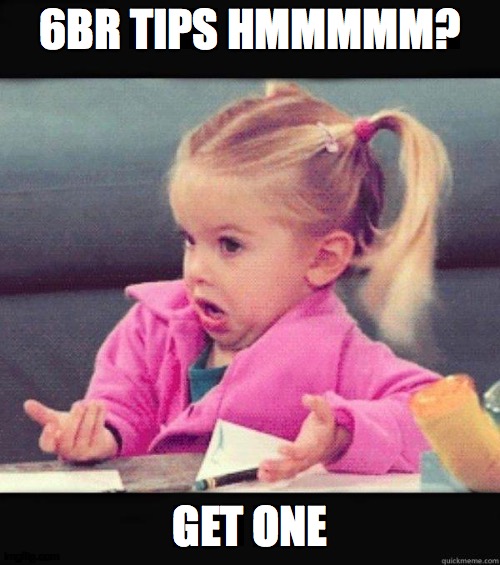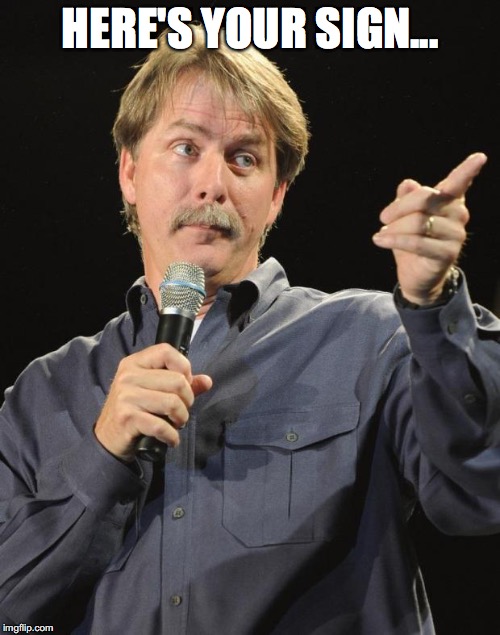hello all,
the more a read about the 6br the more i think i will love it, so i'm going to build one (my first build unitl now only factory).
For not spend too much i wanted use an howa 1500 SA (one-piece machined receiver and bolt)and a oryx or ess chassis. I want to use a cut-rifled barrel 28" 1:8. I want to use it for f-class out of 600y and probably prs. I don't go hunting.
i was thinking about the dasher but i don't like to shoot a brass 3-4 times just to fireform and i prefer a longer barrel life.
For optic i'm thinking the vortex golden eagle (i don't know if the 1/8 moa correction could be a problem for prs).
now the question
for barrel i like bartlein but there is a gunsmith here that has a krieger available. There is a barrel and number of grooves that is better for 6br? how about barrel life with a krieger vs bartlein vs others? suggest a profile too, the more stright the more i like(i don't know much about that). I will need a muzzle brake or is just if i want a recoil like a 22lr?
the question that make me think more is, that rifle could be competitive in open or versus a full custom?
sorry for the poem and thank you in advance
and thank you in advance
the more a read about the 6br the more i think i will love it, so i'm going to build one (my first build unitl now only factory).
For not spend too much i wanted use an howa 1500 SA (one-piece machined receiver and bolt)and a oryx or ess chassis. I want to use a cut-rifled barrel 28" 1:8. I want to use it for f-class out of 600y and probably prs. I don't go hunting.
i was thinking about the dasher but i don't like to shoot a brass 3-4 times just to fireform and i prefer a longer barrel life.
For optic i'm thinking the vortex golden eagle (i don't know if the 1/8 moa correction could be a problem for prs).
now the question
for barrel i like bartlein but there is a gunsmith here that has a krieger available. There is a barrel and number of grooves that is better for 6br? how about barrel life with a krieger vs bartlein vs others? suggest a profile too, the more stright the more i like(i don't know much about that). I will need a muzzle brake or is just if i want a recoil like a 22lr?
the question that make me think more is, that rifle could be competitive in open or versus a full custom?
sorry for the poem



